Ultrafast Na+ Diffusion Enabled by Defective 3D in2S3/MXene Nanostructure toward High‐Rate Sodium Ion Batteries
Advanced Energy Materials, EarlyView.

This work develops a defective 3D In2S3/MXene nanostructure with high-density vacancies and strong interface bonding as the fast-charging anode for sodium-ion batteries (SIBs), which exhibits a reversible multistep intercalation-conversion reaction mechanism and superior electrochemical reaction kinetics. As a result, the assembled SIBs display superior high-rate performance at 100 A g−1 and long-term cycling stability over 5000 cycles.
Abstract
Slow diffusion kinetics caused by the low conductivity and large volume changes of metal sulfides (MSs) during repeated sodiation/desodiation processes greatly limit the implementation of high-rate sodium ion batteries (SIBs). To address this, inspired by vacancy diffusion and defect engineering, for the first time, the defective 3D In2S3/MXene nanostructure with high-density vacancies and strong interface bonding is developed as the fast-charging anode for SIBs. This design enables the material to have a low Na+ diffusion energy barrier (0.28 eV) and absorption energy (−1.68 eV), resulting in the high Na+ diffusion coefficient (5.01 × 10−12 cm2 s−1) and pseudocapacitive contribution of 97.3%. Moreover, the nanostructure exhibits a reversible multistep intercalation-conversion reaction mechanism and superior electrochemical reaction kinetics. Consequently, the assembled SIBs display superior high-rate performance (202.2 mAh g−1 at 100 A g−1) and long-term cycling stability over 5000 cycles with a 0.0074% decay per cycle at 20 A g−1. On this basis, the Na-ion full cell is assembled, indicating the practical application of this material. This study sheds light on the design of functional electrode materials for high-rate and long-lifespan sodium storage devices.



























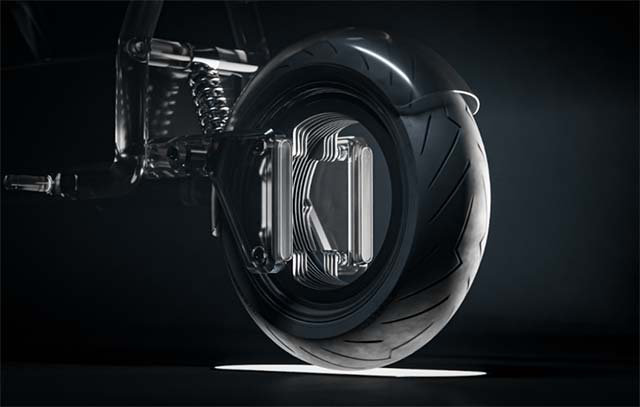



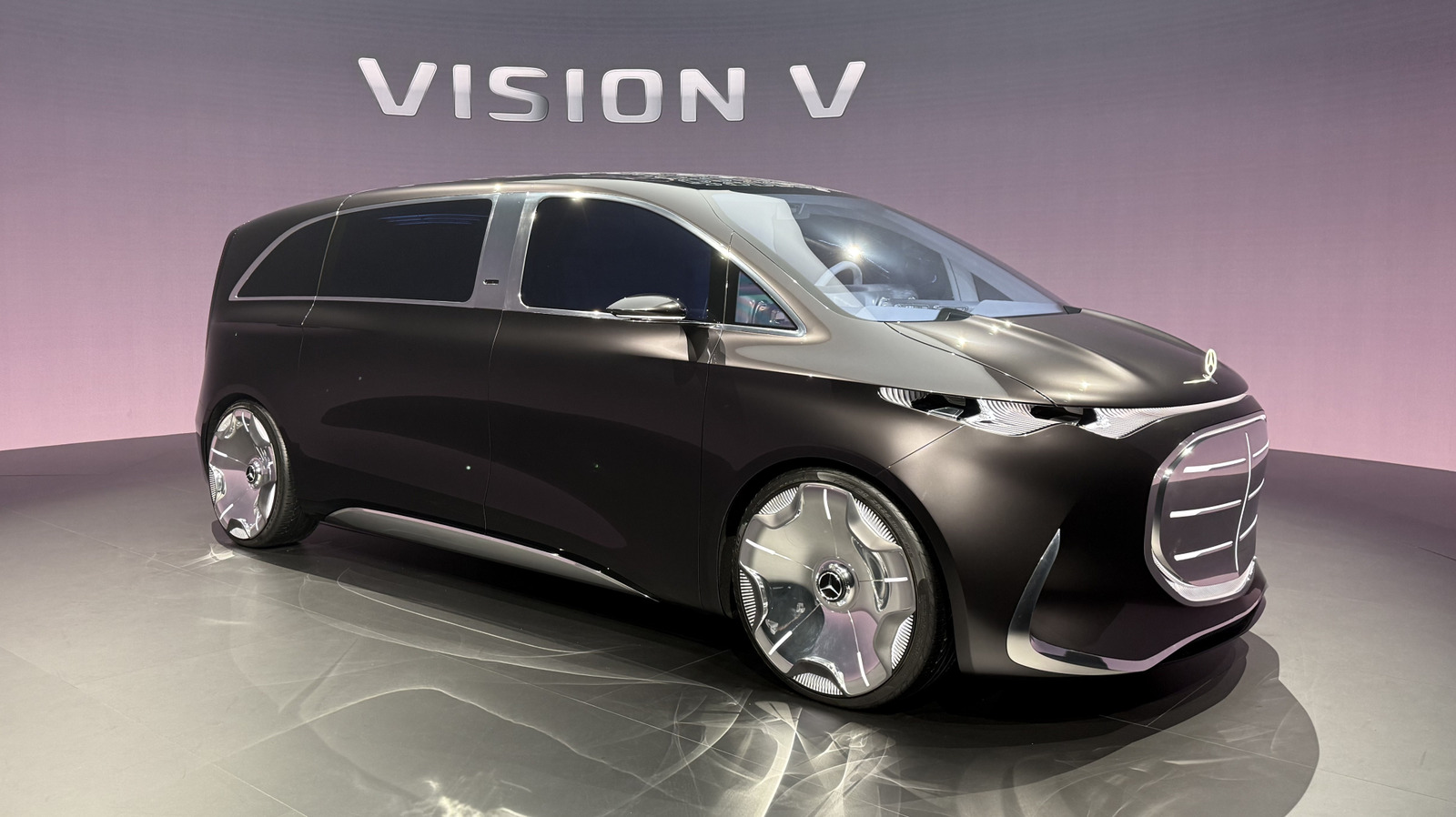


































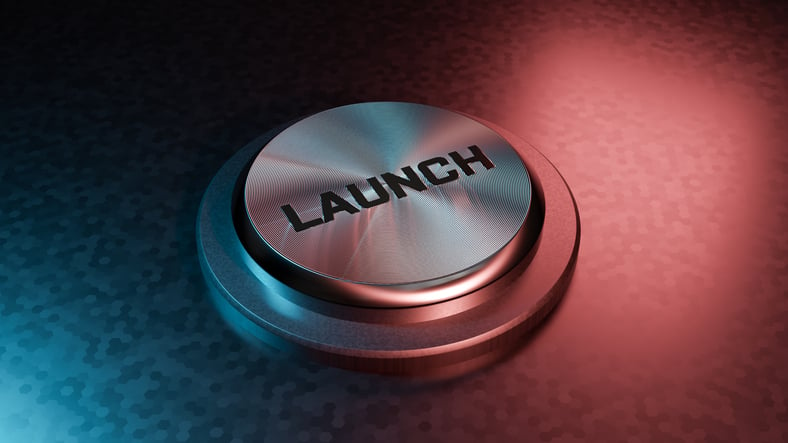





























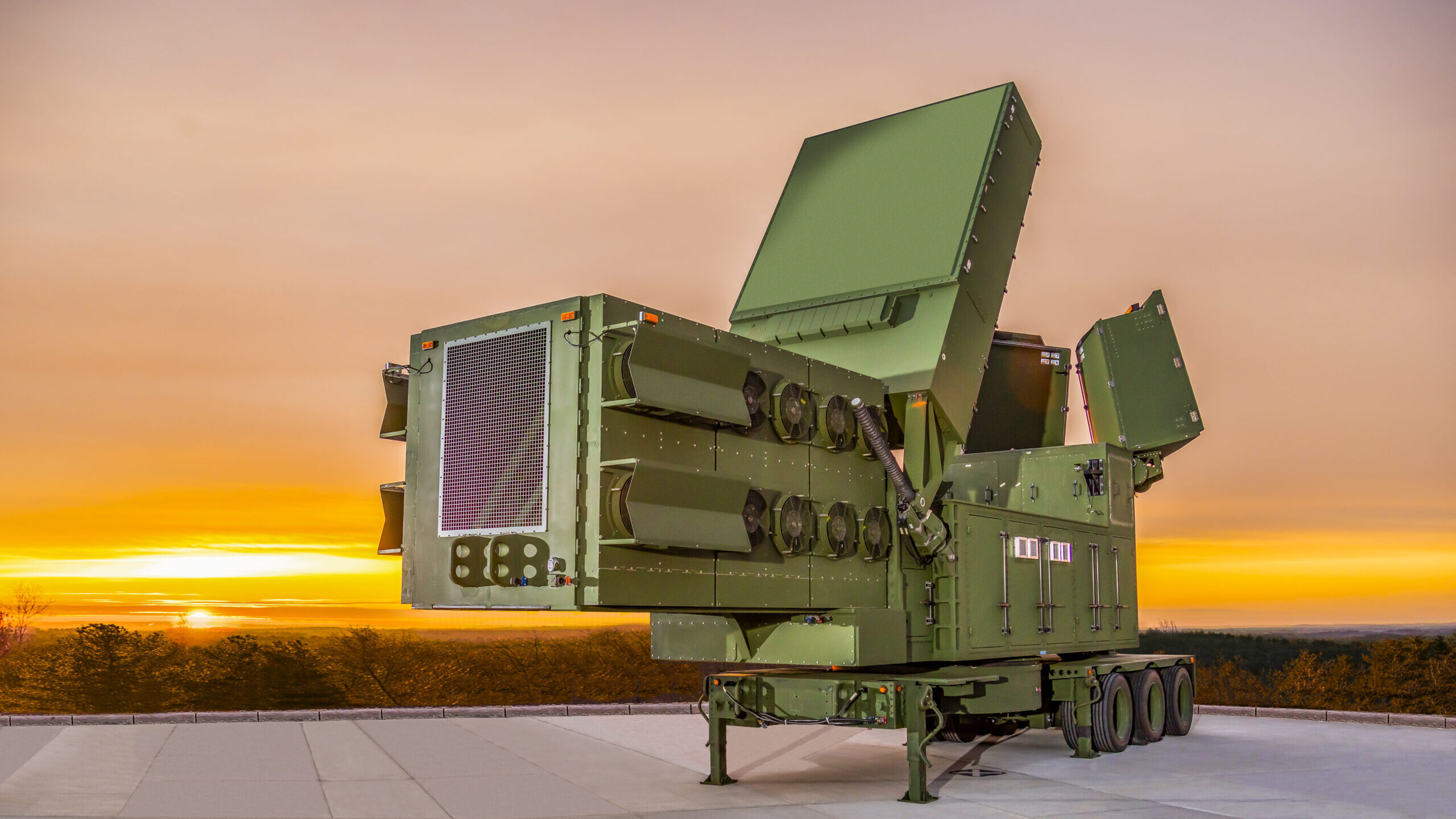

















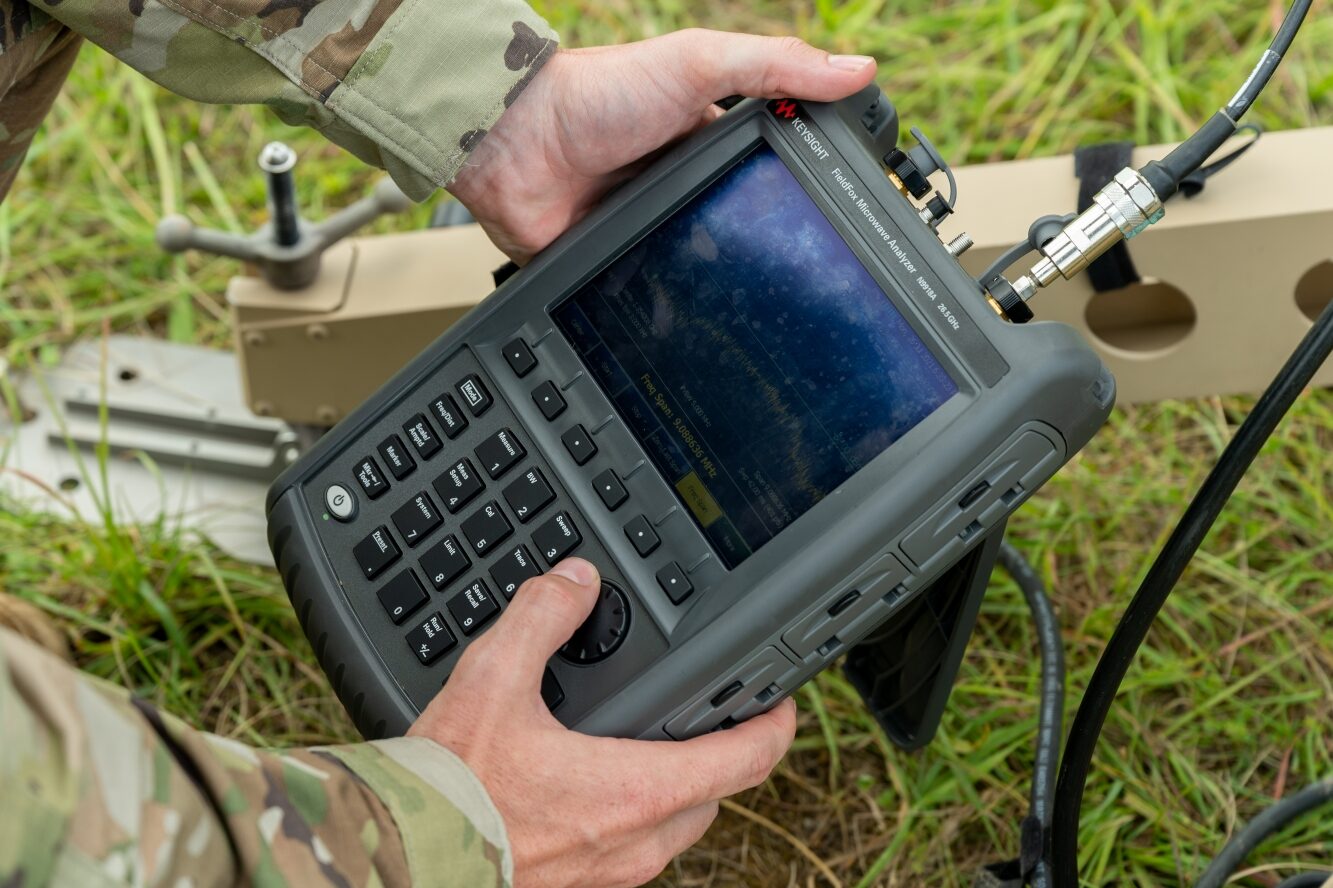








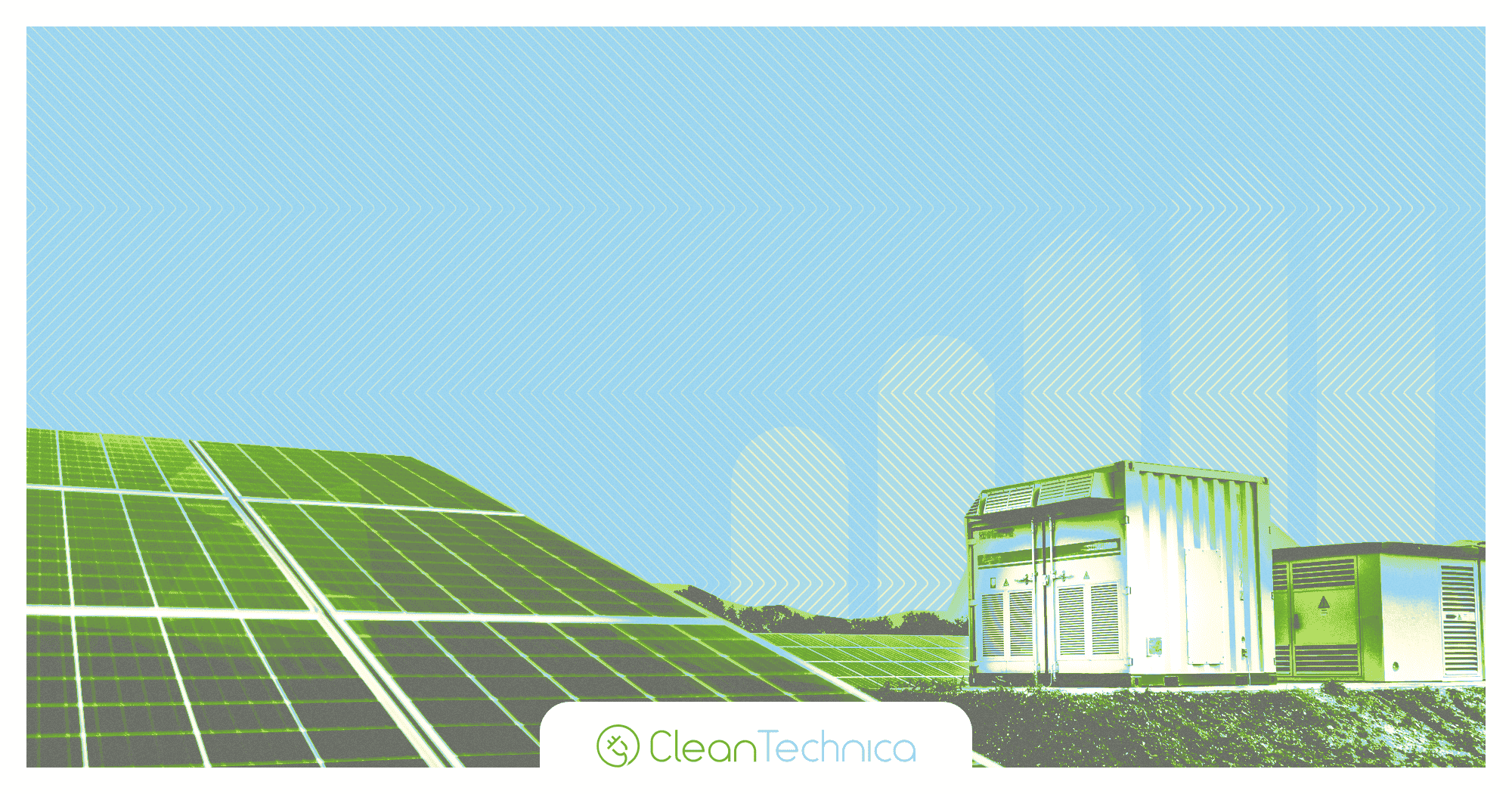















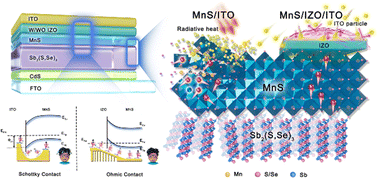





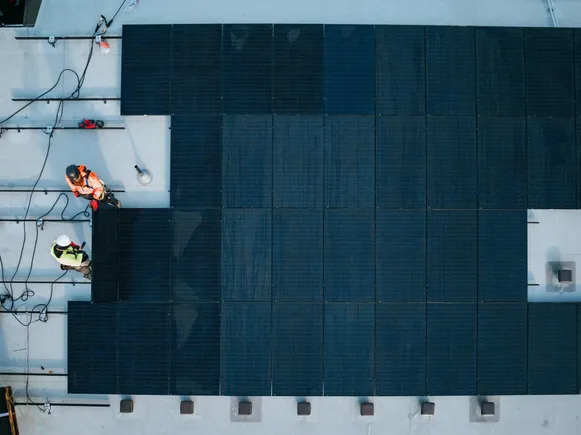




















.jpg)
.jpg)
.jpg)






